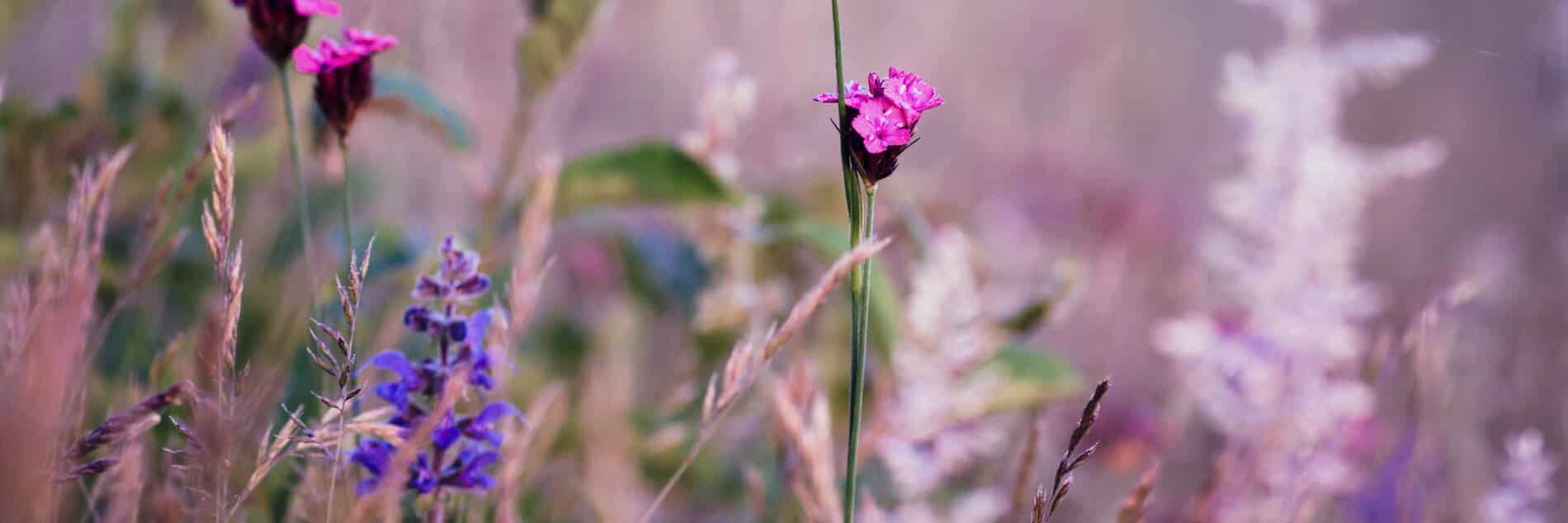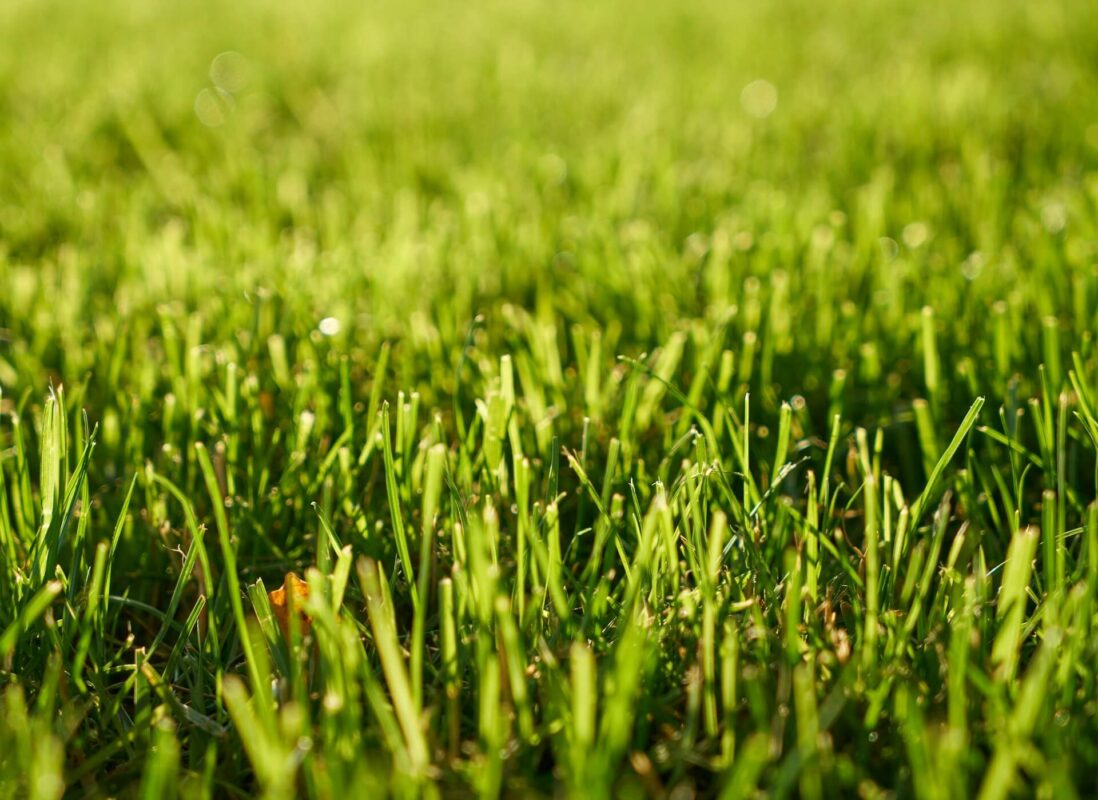Wildflower Planting Instructions

Wildflower Gardens — Plant, Grow, Enjoy Nature’s Beauty
TL;DR: Quick Overview
To plant wildflowers: choose your timing (spring after frost or fall), prepare the site by removing weeds and loosening soil, use 0.5 lb seed per 1,000 sq ft, mix with sand/rice hulls for even distribution, broadcast in crisscross pattern, lightly press seeds into soil (⅛” depth max), and keep consistently moist until established. Wildflowers prefer lean soil and minimal fertilizer.
Wildflowers bring natural beauty, support pollinators, and create low-maintenance gardens that thrive in various conditions. This complete guide covers timing, site preparation, seeding techniques, and ongoing care for spectacular wildflower displays.
- Wildflower seed (annual or perennial mix)
- Spreader or hand-casting method
- Rake for soil preparation
- Rice hulls/sand (mixing aid)
- Watering system for establishment
Timeline at a Glance
When to Plant Wildflower Seeds
Timing is important for wildflower success. Choose your planting season based on your climate and watering capabilities.
-
Spring planting: Generally the best season to sow wildflower seeds – wait until all danger of frost has passed before planting. This allows seeds to germinate with warming temperatures and spring moisture.
-
Fall planting: Late summer or early fall sowing can also work well, especially if watering is limited. Fall-planted wildflower seeds will lie dormant through winter and then sprout as soon as conditions are favorable in spring.
Climate considerations: Choose your planting time based on your climate: spring for most areas, but consider fall (after a killing frost) in mild-winter or dry climates to take advantage of winter rains.
Site Preparation
Preparing the planting area properly will greatly improve your wildflower results. The key is creating a clean, loose seedbed for optimal germination.
Clear Existing Vegetation
- Remove weeds & grass: Hand-pull, hoe, or shallow till to remove existing vegetation. For large or heavily overgrown areas, use broad-spectrum herbicide a few weeks in advance, then rake away dead plant matter.
- Clear competing roots: Clearing out competing plants and roots ensures your wildflower seeds won’t be crowded out by established weeds.
Prepare the Seedbed
- Loosen topsoil: Lightly till or rake the top few inches of soil to break up clumps and create a fine, crumbly texture.
- Remove debris: Remove large rocks, sticks, or debris to help small seeds make good soil contact.
- Add organic matter: Wildflowers don’t need extremely rich soil, but mixing in some compost can improve soil structure, fertility, and moisture retention.
How Much Seed to Use (Seeding Rates)
It’s important to sow the right amount of wildflower seed for the area you want to cover. Using the correct rate ensures good coverage without overcrowding.
Standard Rates
- New planting: Plan on about 0.5 pound of seed per 1,000 square feet of area for a new wildflower planting.
- Dense coverage: This rate provides a dense, colorful meadow (approximately 20–22 lbs of seed per acre).
Overseeding & Adjustments
- Overseeding rate: If adding wildflower seeds to an area that already has some wildflowers or grasses, use about half the normal rate, roughly 0.25 lb per 1,000 sq. ft. This lighter seeding helps avoid overcrowding.
- Annual refresh: Many gardeners choose to add a little fresh seed each year to maintain a rich display of blooms.
Sowing the Wildflower Seeds
Once your site is prepared and you have the correct amount of seed, it’s time to sow. Follow these techniques for even distribution and optimal germination.
Seed Distribution
- Mix with carrier: Wildflower seeds are often small and lightweight. Mix your seeds with an inert carrier like sand or rice hulls before sowing. Use about 2–5 parts carrier to 1 part seed by volume.
- Crisscross method: Sow half the seed walking in one direction, then sow the other half walking perpendicular to your first pass. This avoids missed spots and achieves uniform coverage.
- Choose calm day: Try to choose a day with little wind so that your seeds aren’t blown away during spreading.
Proper Depth & Coverage
- Don’t bury seeds: Wildflower seeds germinate best at or very near the soil surface. Do not rake them deep into the ground – burying the seeds is a common reason for failure.
- Light compression: After broadcasting, lightly compress seeds by walking over the area or using a roller. The ideal depth is no more than 1/8-inch.
- Light mulch (slopes): For slopes prone to erosion, very lightly scatter clean straw mulch, ensuring soil is still visible for light penetration.
Watering and Early Care
After sowing, proper watering is critical to get your wildflower seeds started. Consistent moisture during germination is key to success.
Initial Watering
- Immediate watering: Water the area immediately after seeding to settle the seeds into the soil.
- Consistent moisture: Keep soil consistently moist throughout germination period. This may require light watering once or twice daily in absence of rain.
- Gentle spray: Use a gentle spray or mist setting so you don’t wash the seeds away or create runoff.
Long-term Care
- Until established: Continue regular moisture until wildflower sprouts are about 4–6 inches tall. At that stage, roots can tap into deeper soil moisture.
- Minimal fertilizer: Don’t apply fertilizer unless soil is extremely poor. Wildflowers prefer lean soil – high-nitrogen fertilizers can encourage weeds over flowers.
- Weed management: Hand-pull unwanted weeds so they don’t outcompete seedlings. Avoid herbicides after sowing as they would harm wildflowers too.
Frequently Asked Questions
When is the best time to plant wildflower seeds?
Spring after the last frost is generally best, but fall planting (after first killing frost) works well in mild-winter climates and takes advantage of winter rains.
How much wildflower seed do I need?
Use about 0.5 pound per 1,000 square feet for new plantings, or 0.25 pound per 1,000 square feet for overseeding existing areas.
How deep should I plant wildflower seeds?
Very shallow—no more than ⅛ inch deep. Many wildflower species need light to germinate, so it’s fine if some seeds remain visible on the surface.
Do wildflowers need fertilizer?
Generally no. Wildflowers prefer lean soil, and high-nitrogen fertilizers can encourage weeds and excessive leafy growth over flowers.
Wildflower Planting Checklist
- Choose timing: spring after last frost or fall after first killing frost
- Clear existing vegetation (weeds, grass) from planting area
- Prepare seedbed: lightly till/rake top few inches, remove debris
- Calculate seed needed: 0.5 lb per 1,000 sq ft for new planting
- Mix seed with sand or rice hulls for even distribution
- Broadcast seed using crisscross method on calm day
- Lightly compress seeds into soil (⅛ inch depth max)
- Water immediately and maintain consistent moisture until established
- Monitor for weeds and hand-pull as needed
- Expect germination in 1-3 weeks, continue care until 4-6 inches tall
Ready to Start Your Wildflower Garden?
Get everything you need for a successful wildflower planting
Complete Wildflower Package
Explore Our Wildflower Seeds
Browse by category. California items are lightly tagged.
Wildflower Mixes
Wildflower Individual Species
- Western YarrowCalifornia
- Bush MonkeyflowerCalifornia
- California Bush SunflowerCalifornia
- BrittlebushCalifornia
- Golden YarrowCalifornia
- Miniature LupineCalifornia
- Yellow LupineCalifornia
- Arroyo LupineCalifornia
- Purple NeedlegrassCalifornia
- White SageCalifornia
- Blue-Eyed GrassCalifornia
- California PoppyCalifornia
- Narrowleaf MilkweedCalifornia

